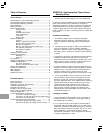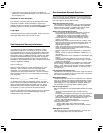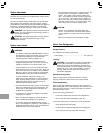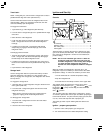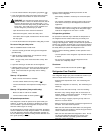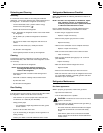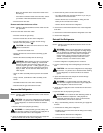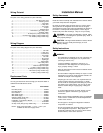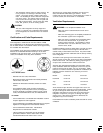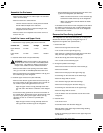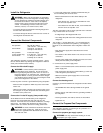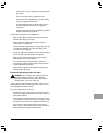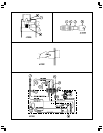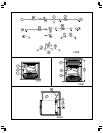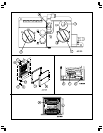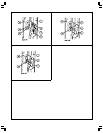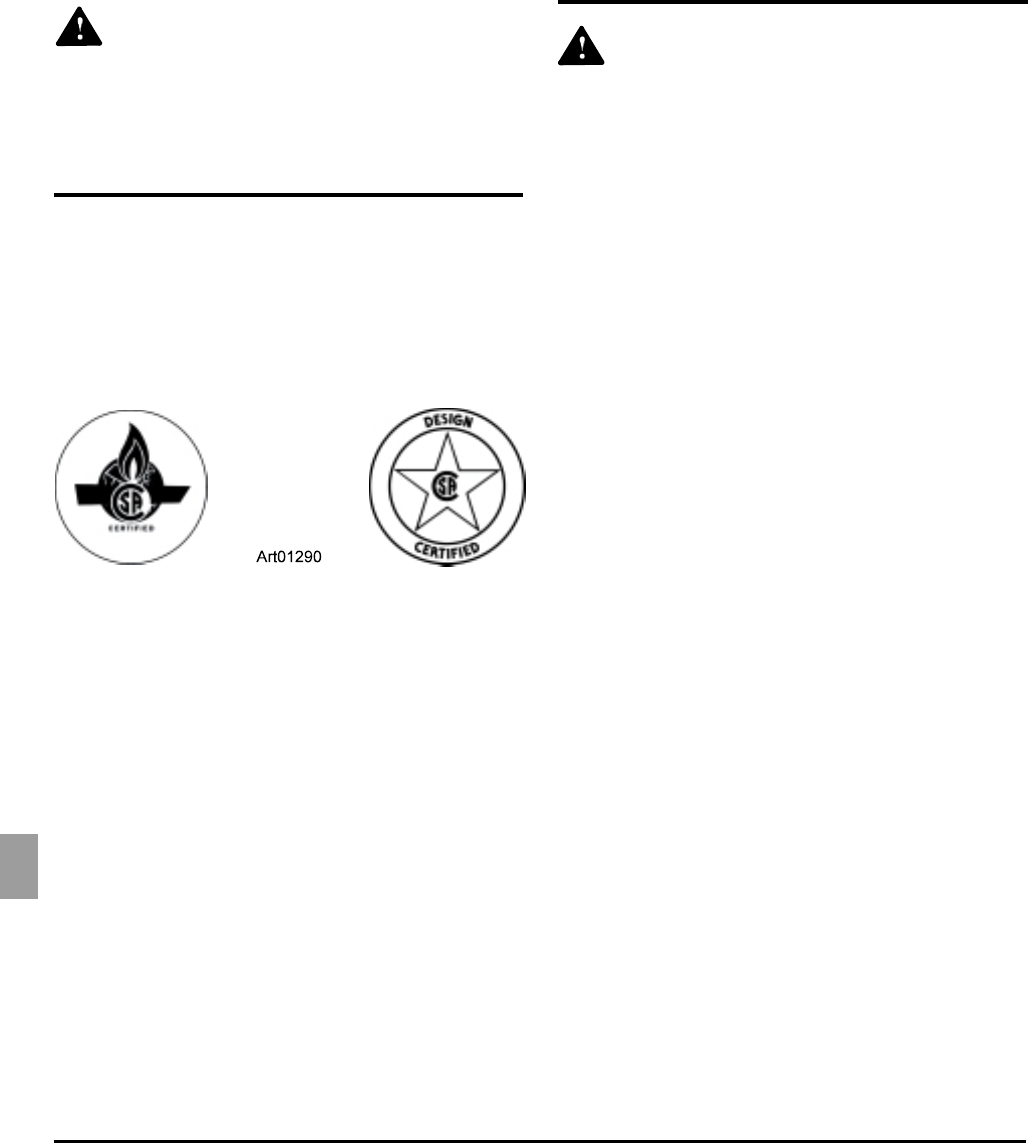
Installation and Owner’s Manual 10
All propane gas supply piping and fittings must obey local,
state, and national codes about type and size. These
components must also obey the current NFPA 501C section 2-
4, and in Canada, the current CAN 1-6.10 Standard.
Ventilation Requirements
WARNING: The completed installation must:
- Make sure there is sufficient intake of fresh air for
combustion.
- Make sure the living space is completely isolated from
the combustion system of the refrigerator.
- Make sure there is complete and unrestricted ventila-
tion of the flue exhaust which, in gas mode, can
produce carbon monoxide. The breathing of carbon
monoxide fumes can cause dizziness, nausea, or in
extreme cases, death.
Certified installation needs one lower intake vent and one upper
exhaust vent. Install the vents through the side wall of the
vehicle exactly as instructed in this manual. Any other installa-
tion method voids both the certification and the factory warranty
of the refrigerator.
The bottom of the opening for the lower intake vent, which is
also the service access door, must be even with or immediately
below the floor level. This allows any leaking propane gas to
escape to the outside and not to collect at floor level.
American Gas Association/Canadian Gas Association (AGA/
CGA) certification allows the refrigerator to have zero (0) inch
minimum clearance at the sides, rear, top, and bottom. While
there are no maximum clearances specified for certification, the
following maximum clearances are necessary for correct
refrigeration:
Bottom 0 inch min. 0 inch max.
Each Side 0 inch min 1/2 inch max.
Top 0 inch min. 1/4 inch max.
Rear 0 inch min. 1 inch max.
These clearances plus the lower and upper vents cause the
natural air draft that is necessary for good refrigeration. Cooler
air goes in through the lower intake vent, goes around the
refrigerator coils where it removes the excess heat from the
refrigerator components, and goes out through the upper
exhaust vent. If this air flow is blocked or decreased, the
refrigerator may not cool correctly.
Each NORCOLD model is certified by AGA and CGA for correct
ventilation.
This refrigerator is certified under the latest edition of ANSI
Z21.19 Standards by the American Gas Association for installa-
tion in mobile homes or recreational vehicles and is approved by
the Canadian Gas Association.
The installation must obey these standards and this “Installation
Manual” for the NORCOLD limited warranty to be in effect.
Installation must obey local codes. In the absence of local
codes, the installation must obey these standards:
In the United States:
- National Fuel Gas Code, ANSI Z223.1.
- Manufactured Home Construction and Safety Standard,
Title 24 CFR, Part 32-80.
- Standard for Recreational Vehicles, RVIA A119.2 latest
edition.
- For installations which need an electric outlet that is
energized by an external power source, the refrigerator
must be electrically grounded as written in local or state
codes, the National Electrical code, and ANSI/NFPA 70.
In Canada:
- Current CGA B149.1 and CGA B149.2 Installation code for
Propane Appliances and Equipment.
- Current CSA Z240.4.2 Installation Requirement for Propane
Appliances and Equipment in Recreational Vehicles.
- Current CSA Z240.6.2/C22.2 No. 148 Electrical
Requirement for Recreational Vehicles.
- When installed, the refrigerator must be electrically
grounded as written in local or state codes and the
Canadian Electrical Code C22.2. Parts 1 and 2.
Certification and Code Requirements
- The refrigerator cooling system is under pressure. Do
not try to repair or to recharge a defective cooling
system. The cooling system contains sodium chro-
mate. The breathing of certain chromium compounds
can cause cancer. The cooling system contents can
cause severe skin and eye burns, and can ignite and
burn with an intense flame. Do not bend, drop, weld,
move, drill, puncture, or hit the cooling system.
CAUTION:
- The rear of the refrigerator has sharp edges and
corners. To prevent cuts or abrasions when working
on the refrigerator, be careful and wear cut resistant
gloves.



